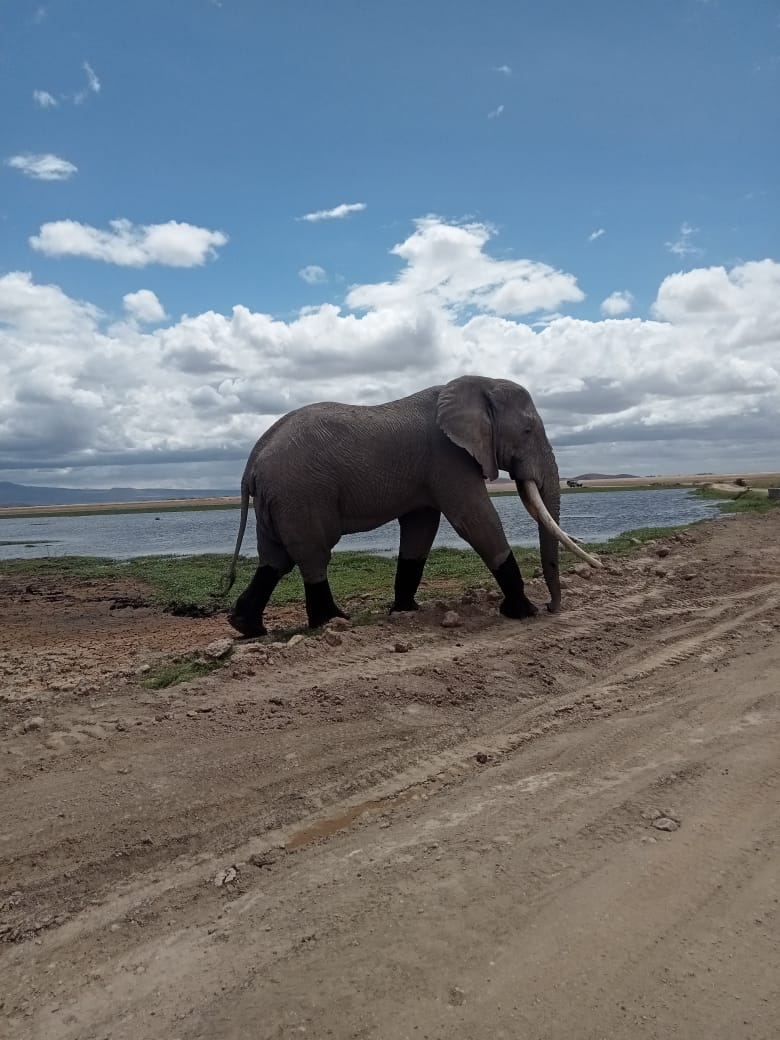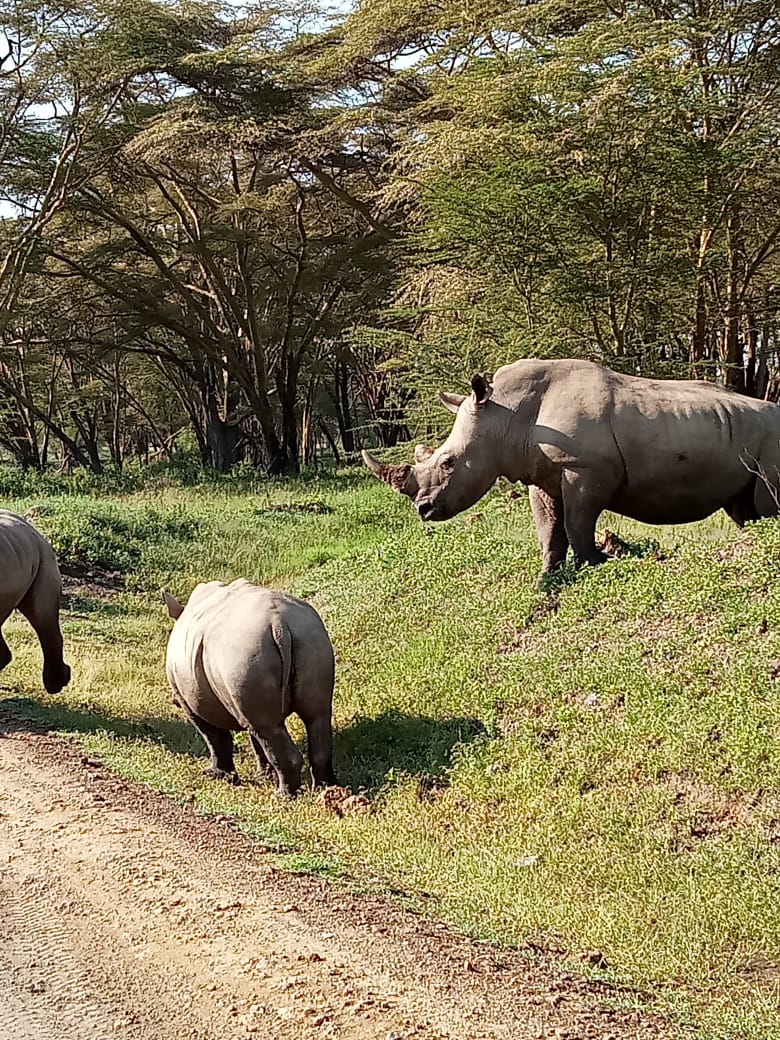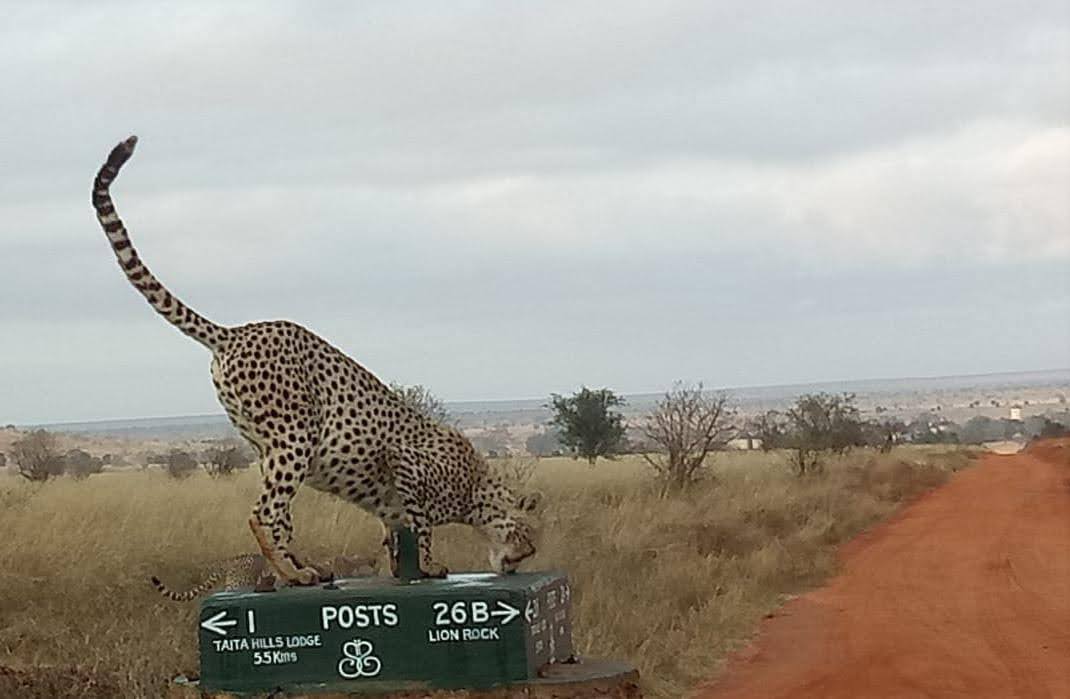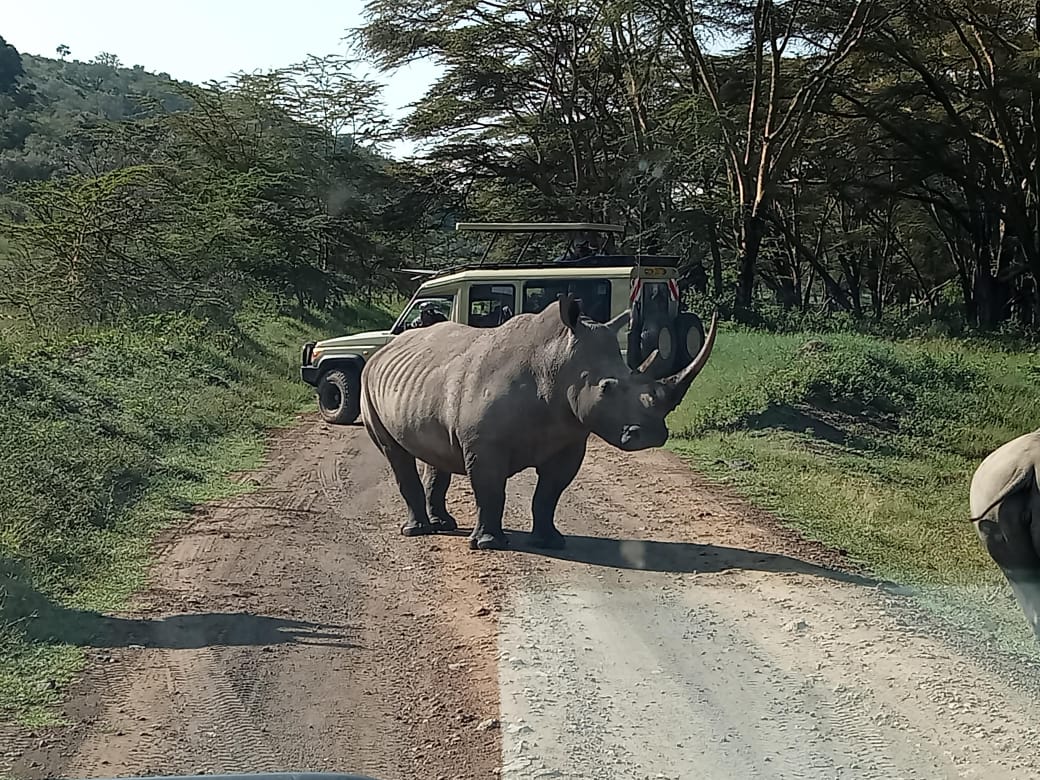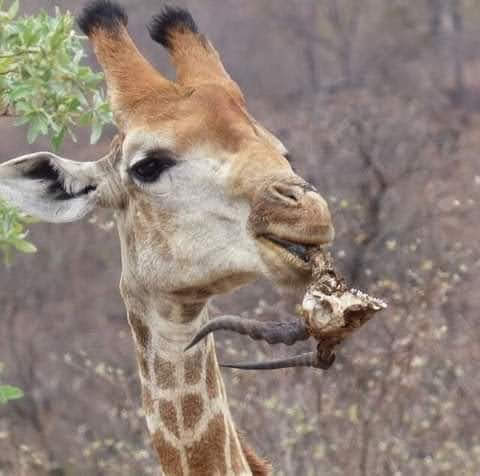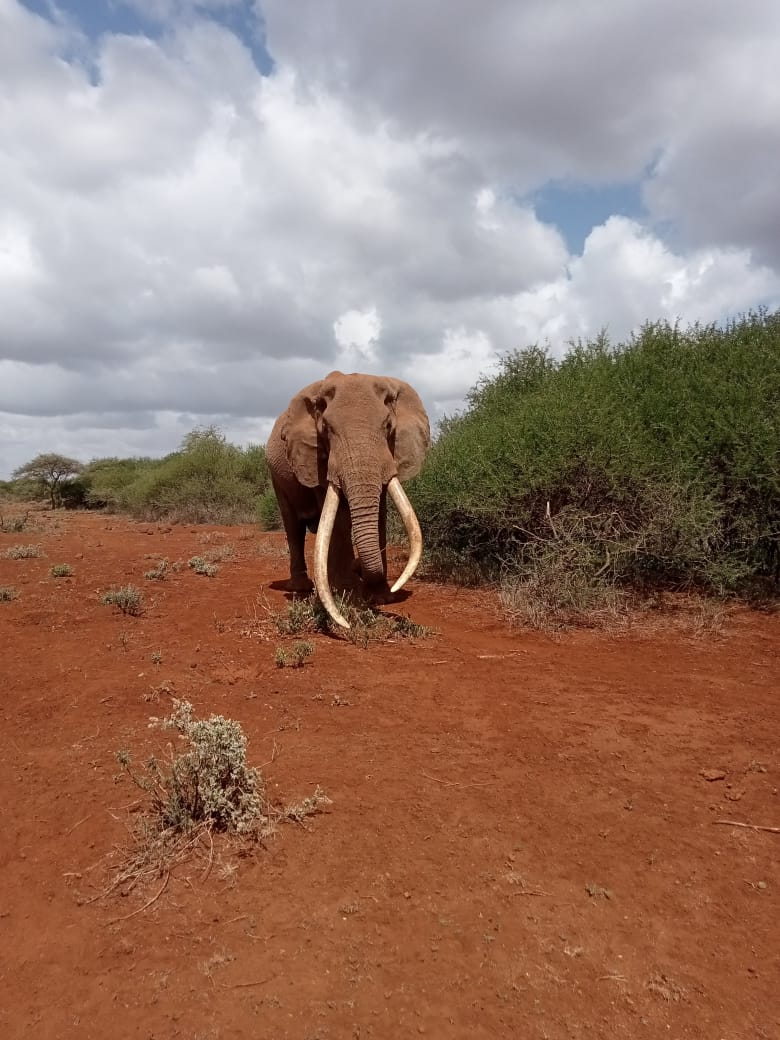Hell’s Gate National Park: Adventure and Wildlife in Kenya’s Dramatic Landscape
Hell’s Gate National Park is one of Kenya’s most unique and visually striking destinations. Located near Lake Naivasha in the Great Rift Valley, this park is famous for its dramatic landscapes featuring towering cliffs, deep gorges, and geothermal springs. Unlike many other parks in Kenya, Hell’s Gate offers visitors the rare chance to explore its beauty on foot, by bike, or even by rock climbing. With its mix of wildlife, geothermal features, and adventure activities, Hell’s Gate National Park offers an unparalleled experience for outdoor enthusiasts and nature lovers alike.
How to Get to Hell’s Gate National Park
Hell’s Gate National Park is easily accessible from Nairobi, making it a popular destination for both day trips and weekend getaways. The park is located about 90 kilometers (about a 2-hour drive) northwest of Nairobi. There are two main ways to reach the park:
By Road: Most visitors travel by road via the Nairobi-Nakuru Highway. You can either drive yourself or hire a car from Nairobi. The roads are well-maintained, and the journey takes you through picturesque landscapes along the Rift Valley.
The park’s Elsa Gate is the primary entrance, named after Elsa the lioness of “Born Free” fame. Entry fees are affordable, making it accessible to both locals and international tourists.

Best Time to Visit Hell’s Gate National Park
The best time to visit Hell’s Gate National Park is during the dry season, which runs from June to October and January to February. During these months, the weather is ideal for outdoor activities like cycling, hiking, and rock climbing, as the paths and trails are dry and easy to navigate. However, Hell’s Gate is open year-round, and the rainy season can offer a different perspective, with lush green vegetation and fewer tourists.
For wildlife enthusiasts, the dry season is also best for spotting animals, as they tend to congregate around water sources. The park doesn’t have large predators, which allows for more freedom to explore on foot or by bike.
Wildlife and Landscape
Hell’s Gate Wildlife
While Hell’s Gate is primarily known for its stunning landscapes, it is also home to a variety of wildlife. Visitors can spot herbivores such as zebras, giraffes, buffaloes, and hartebeests grazing in the open grasslands. Other animals include warthogs, gazelles, and several species of primates like baboons and vervet monkeys.
The park also offers excellent birdwatching opportunities, with over 100 bird species recorded, including the majestic Rüppell’s vulture, eagles, and buzzards. It’s one of the few parks where you can get close to wildlife without the confines of a vehicle, enhancing your connection with nature.
Hell’s Gate Landscape
The dramatic scenery of Hell’s Gate National Park sets it apart from other Kenyan parks. The park is part of the Great Rift Valley and is dominated by towering cliffs, volcanic plugs, and deep gorges. The most iconic features are the massive Fischer’s Tower, a freestanding volcanic plug that is popular with rock climbers, and the Central Tower, which rises impressively from the valley floor.
The park also boasts several geothermal features due to its proximity to the Olkaria Geothermal Station. Visitors can walk through steaming vents and hot springs, creating a surreal atmosphere in certain parts of the park.
The Hell’s Gate Gorge, a deep canyon with narrow passageways and natural rock formations, is a highlight for hikers. Walking through the gorge, with its towering walls and winding paths, feels like an otherworldly experience.
Hell's Gate Lodges & Camps: Accommodation Overview
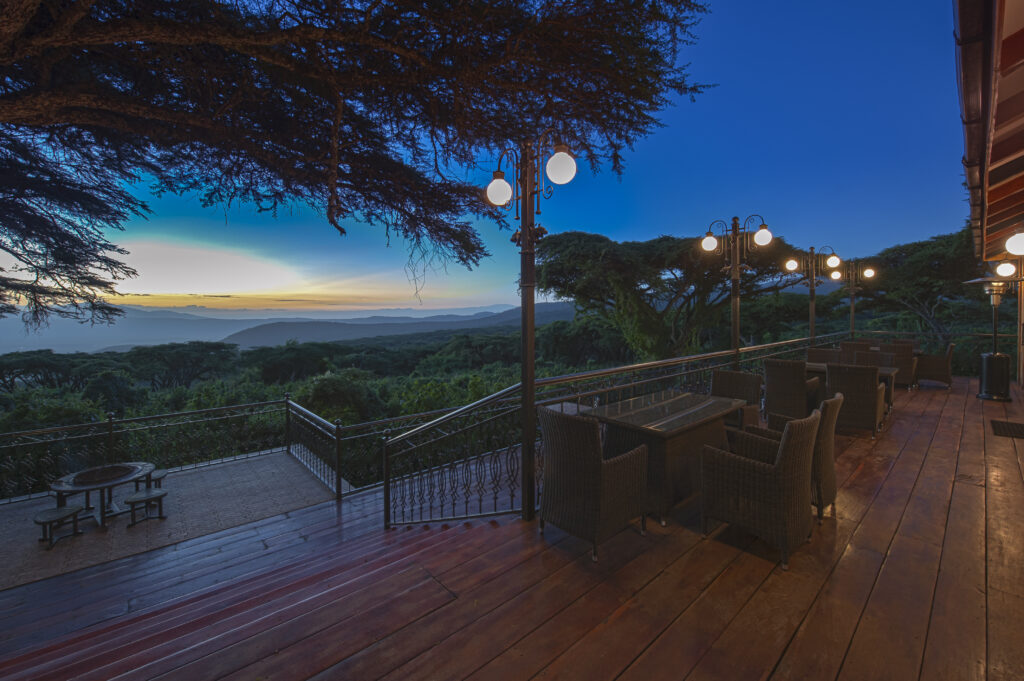
While Hell’s Gate National Park does not have accommodations within its boundaries, visitors have a wide range of choices around Lake Naivasha, located just a short drive from the park. Here are some of the accommodation options available:
Luxury Lodges: For those looking for comfort and style, several luxury lodges around Lake Naivasha offer beautiful views and high-end amenities. Notable options include Lake Naivasha Sopa Resort and Chui Lodge. These lodges often provide organized tours to Hell’s Gate.
Mid-range Camps: If you’re looking for something more affordable but still comfortable, there are several mid-range campsites that offer tented accommodations with basic facilities. Camps like Fisherman’s Camp provide a good balance of comfort and affordability.
Budget Campsites: For the more adventurous, there are basic campsites near the park where you can pitch a tent and sleep under the stars. This option allows you to fully immerse yourself in nature at an affordable price.
Regardless of where you stay, most lodges and camps around Lake Naivasha offer guided tours and transportation to Hell’s Gate, making it easy to explore the park.
Hell's Gate Safari
A Hell’s Gate safari is unlike traditional Kenyan safaris, as the park encourages active exploration. The key activities include:
Cycling Safaris: One of the most popular ways to explore Hell’s Gate is by bicycle. Visitors can rent bikes at the park entrance and cycle through the open plains, past grazing animals, and towards the scenic gorges. Cycling allows you to move at your own pace and take in the sights without the noise and restriction of a vehicle.
Hiking and Nature Walks: Hell’s Gate is perfect for those who enjoy hiking. The Hell’s Gate Gorge hike is the most famous, offering a relatively easy trek through the park’s canyon, with opportunities to see fascinating rock formations, waterfalls, and hot springs.
Rock Climbing: For adventure seekers, Fischer’s Tower offers some of the best rock climbing in Kenya. Both beginner and experienced climbers can take on this volcanic spire, with routes of varying difficulty.
Wildlife Viewing: Though the park is more known for its landscapes, a Hell’s Gate safari still offers great wildlife viewing opportunities. The absence of large predators makes it a safe place to enjoy on foot or by bike, getting close to zebras, giraffes, and other animals.
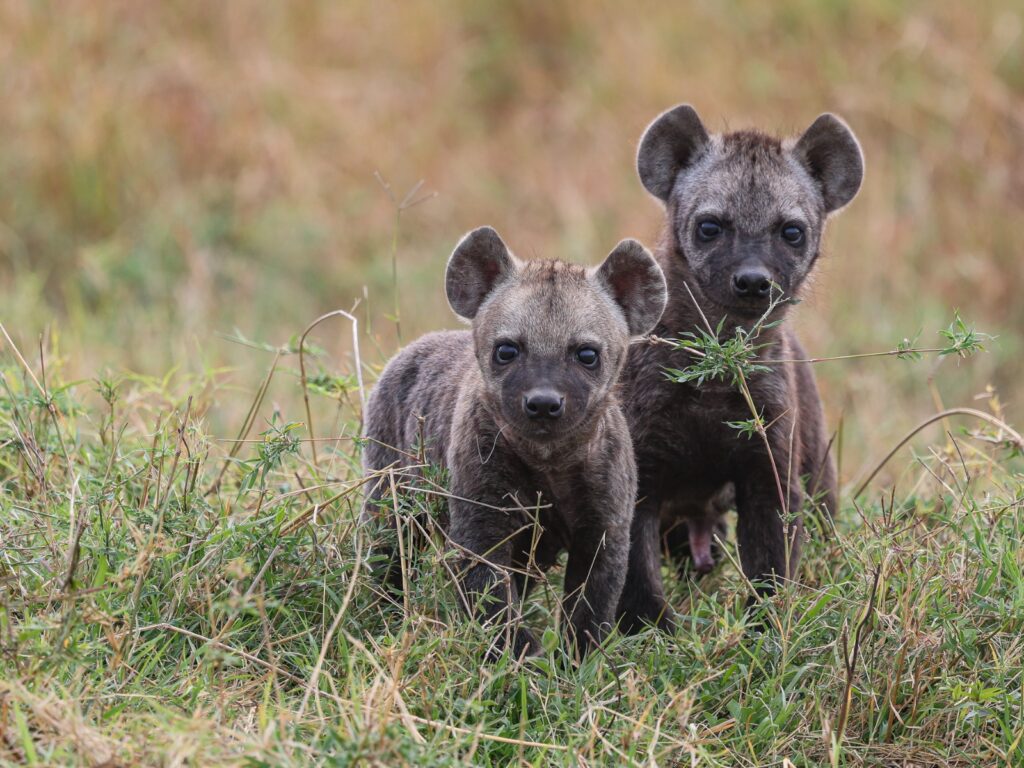
Points of Interest in Hell's Gate National Park
Hell’s Gate National Park has a number of fascinating points of interest that attract adventure seekers and nature lovers alike:
Fischer’s Tower: This impressive volcanic plug is one of the most recognizable landmarks in the park. It’s also a popular rock-climbing spot for both beginners and seasoned climbers.
Central Tower and Ol Njorowa Gorge: A prominent feature of the park, Central Tower is a volcanic plug that marks the entrance to the stunning Ol Njorowa Gorge. The gorge offers an unforgettable hiking experience through narrow canyons and rock formations.
Geothermal Springs: As you hike through Hell’s Gate, you’ll come across geothermal springs and steam vents. These natural hot springs are a reminder of the volcanic activity that shaped the landscape of the Rift Valley.
Olkaria Geothermal Spa: Located near the park, the Olkaria Geothermal Spa offers a chance to relax in warm, mineral-rich waters. After a day of hiking or cycling, soaking in the hot springs is the perfect way to unwind.
Hell's Gate National Park FAQs
The best time to visit is during the dry seasons from June to October and January to February, when outdoor activities like cycling and hiking are most enjoyable.
Yes, the park is home to a variety of animals including zebras, giraffes, buffaloes, and several bird species. You can safely observe them while hiking or cycling.
Yes, Hell's Gate is a family-friendly destination, offering activities like cycling, hiking, and picnicking that are suitable for all ages.
Popular activities include cycling, hiking, rock climbing, and exploring the park’s geothermal features. You can also enjoy wildlife viewing and birdwatching.
Yes, Hell’s Gate is considered safe for visitors, especially since there are no large predators in the park. It’s one of the few parks in Kenya where you can explore on foot or by bike.
Yes, many lodges cater to families, and the reserve offers activities that are suitable for children.
